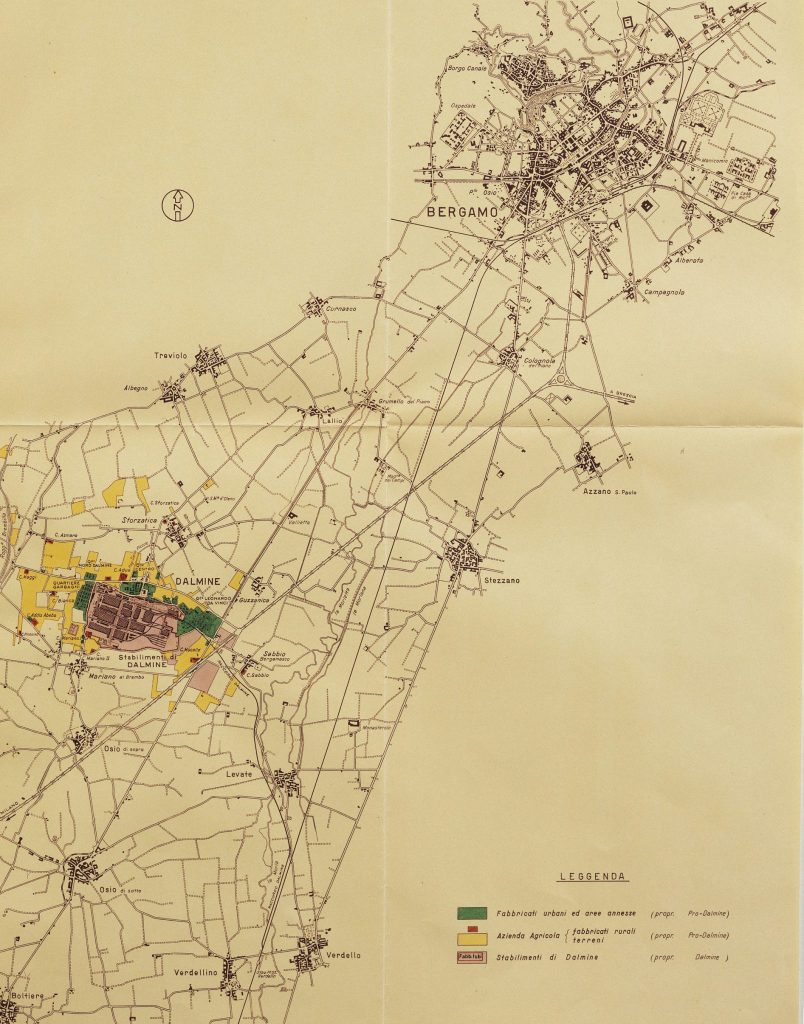
Supervisor: Prof Paola Viganò, Lab-U
Start date: December 2019 Defense date (expected): December 2023
Grant: Fellowship Horizon 2020 MSCA COFUND EPFLinnovators
Abstract
Company towns appeared worldwide during the early industrial age to enhance the living conditions of production sites and their surroundings, maintaining the social control of employees through corporate welfare policy built around the concepts of efficiency, paternalism, and hierarchy. Nowadays, most of the company towns resumed their activities, but some of still exist.
Focusing on the city of Dalmine in Northern Italy, founded in 1907 by a German company and still active in the steel pipe sector and known as Tenaris, this study aims to (1) understand how the relationship between man, labor and territory has changed in a company town context; (2) investigate how living conditions in a company town have changed over time; (3) examine if some patterns of the heritage of the company town persist until today and may influence its actual living conditions.
By means of extensive fieldwork inside the industry supported by Fondazione Dalmine, the collection of cartographic, technical, and iconographical business archives, and qualitative methods with the local community, workers and authorities, the study applies a cross-cutting microhistorical and urban analysis approach to identify the remains of the modern industrial city and propose to recognize past and actual habitability.
The study contributes to the research of industrial areas facing urban, technological, and environmental transitions and intents to conceive new approaches, policies and practices in areas deeply marked by the historical influence of the industry.
Key words: Company town, habitability, productive habitat

This project has received funding from the European Union’s Horizon 2020 research and innovation programme under the Marie Skłodowska-Curie grant agreement No 754354